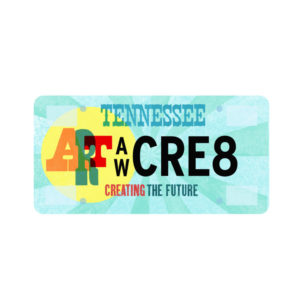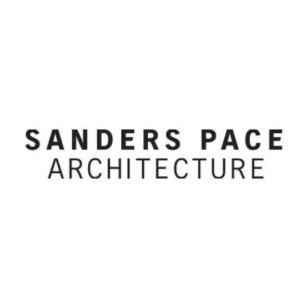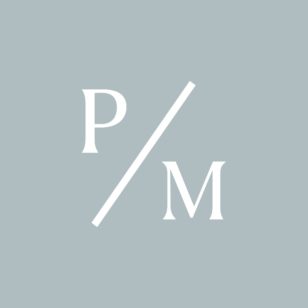INTERVIEW: JESSICA GATLIN + CORINNA RAY
MAY. 19, 2016
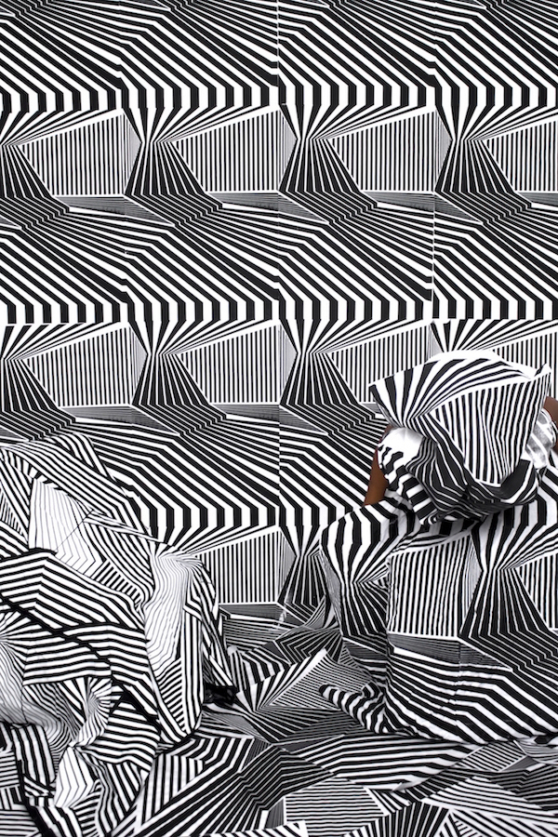
INTERVIEW: JESSICA GATLIN + CORINNA RAY
MAY. 19, 2016
Jessica Gatlin: I think process is an important question for me… to ask myself. Because I really don’t know how my work comes about.
Corinna Ray: So, we’ll start with process.
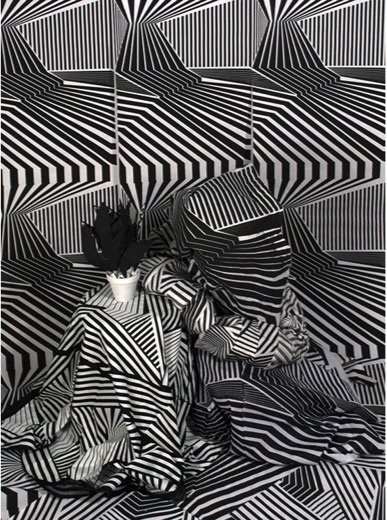
JG: I don’t want to talk about it. [laughs]
CR: Do you decide the thing before you make the thing?
JG: I think so… I decide some things before I make the thing. Like What?
I know in my head what I want it to look like. The whole piece?
CR: So maybe your sketching is like planning? Or setting dimensions? Making a list to buy ‘black screen-printing ink’?
JG: Yeah - ‘several rolls of paper, plastic eggs, bamboo earrings...’
CR: What does your sketchbook look like?
JG: It is a mess of lists.
CR: Any Sketches?
JG: Some, not a lot for my work though. Mostly doodles.
CR: But Patterns though?
JG: Yeah, but I sketch patterns in Illustrator.
CR: So, you make a digital sketchbook?
JG: I did have a digital sketchbook. My hard drive got drunk and fell into the street. [laughs] Well, I dropped my hard drive while walking across the street and it got hit by a few cars before I could rescue it. So I’m kinda at square one with that.
CR: Isn’t that just like how your work comes about though? Things materialize and dematerialize quickly?
[Both laugh/joke]
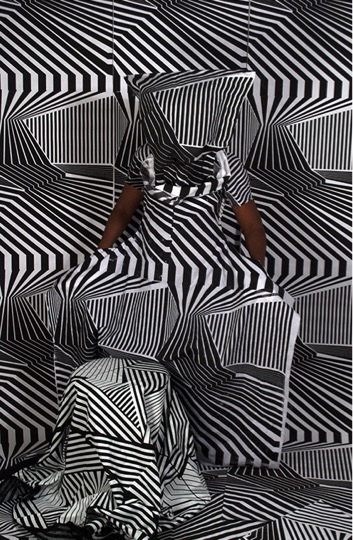
CR: How did it feel to get the piece (A Curious Reality) printed on a large scale? Did that change the work?
JG: It did. I fought it. I fought it hard, I never saw it as a photograph, and I didn’t want it printed. To print it would show how bad of a photographer I am. I had to go back and re-install and take pictures again and try to recreate magic I’d had in the first place. But, ultimately, there are some really great things about stopping and letting work that works work. It led to some really good conversations.
CR: How do you leave room for that magic amongst the planning? Or how did it happen this time? Was the image that came out not what you planned?
JG: It was not exactly what I planned. For this, my plan was to generate all the elements and see what they look like together. I couldn’t conceive of what the outcome would be. I had hopes, but it was beyond my hopes what came out.
CR: Like sorcery?
JG: Yeah, It was straight up alchemy. And now I don’t know If I can do it again. I think I have another one. There’s a pattern building in my mind. It’s just a matter of execution.
CR: And this next one, how would it fail or not work out? If you’re using the same components (wallpaper with print, garment with print)?
JG: I guess in materials it could fail. Specifically, texture and color. I feel like I got lucky in the first ones, with red and yellow. I found the fabric first. It had a cream background. I found paper pretty easily with a similar cream background and mixed the color to I recreate the matching pattern. And it came together without a lot of trial and error. And when I start to take more creative control, you’d think it’d be easier, but I’m very good at getting in my own way and overcomplicating things.
CR: Is that why you went with black and white on the second one? To limit the variables?
JG: Yes, oh yeah.
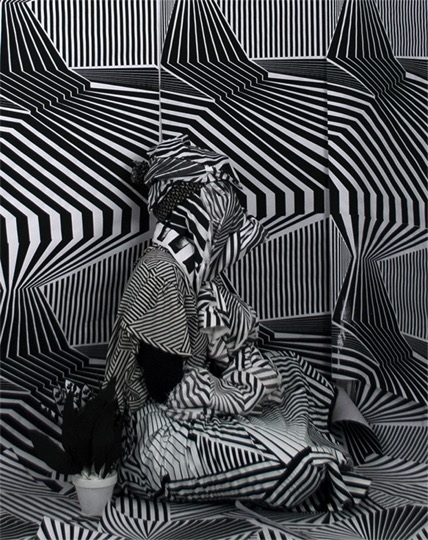
CR: Would you prefer the work to be in color?
JG: Yeah, I wanted to use color, but for some reason, at the time, I was really hung up on color and symbolism. Though, black and white are definitely not neutral. I want to work with blue. Dark blue. It keeps coming up. I think it has some of the same qualities, like I can hide in the setting similarly.
CR: Would you use white as the base?
JG: No, I think the base has to be blue.
CR: Is it always a high contrast situation?
JG: I don’t know. I don’t know how much I need to rely on contrast for distortion and illusion. The black and white pieces have a lot of op art feel to them, which I’m not particularly interested in, but I do I like stripes and lots of solid color and using that to confuse or overwhelm.
CR: I think dark blue will be really nice as it could mimic shadows like the black did. The high contrast works really well for these pieces. Whenever you have a bend or a shadow that the viewer doesn’t understand, it gets further complicated by the dark color.
~~~~~~~~~~~~~~~~~~~~~~~~~~~~~~~~~~~~~~~~~~~~~~~~~~~~~~~~~~~~~~~~~~~
Jessica Gatlin: Tell me about your process…
Corinna Ray: Previous to now, I’ve used the things that are around me. I reuse objects from my studio. I’m constantly taking work apart to use parts in new ways. In that way, I use space as a sketchbook. I also carry 2 physical sketchbooks at all times. My studio process often consists of sketching with materials on a large scale - a human scale. Then when I am out of the studio, I’m collecting materials and drawing potential spaces and combinations of imaginary objects in the spaces. Recently, since I made Her Ballet, I’ve been focusing a lot more on a visual poetry in the objects I make. I have been planning their designs from scratch rather than working with what I have in the studio. I’ve been going out of my way to get materials that I really want to use. But still certain things that have been in my studio for a long time end up creeping in. Like a 4x7 piece of black burlap. I stiffened that almost 6 months ago, and it just finally made it’s way into a piece recently. I’ve been thinking that Her Ballet shouldn’t exist as it has so far. I don’t think it should be presented as a video or a still from the performance. Actually, I took a cropped screenshot of a still from the video to use for the “under construction” page on my website. And I think that crop maybe describes what I want to look at more than the whole video. Not that the video is unnecessary, though. I think that the video is more for us, or the moment is for us and showing it in it’s entirety disrupts that in some way.
JG: Back to what you were saying about the ‘cropped bit’? How is that cropped bit presented?
CR: That’s the question! Do I pull a JG and blow it up? And let the pixelation be there? It doesn’t bother me. Honestly, I’m into the pixelation of screen shots like that one. I think that the moment that it captures of those feet coming together, it asks more of the questions. Questions about these weird awkward moments where people are barely touching or touching for what purpose or trying to negotiate space with one another. Maybe it’s direct it the way that the video is not.
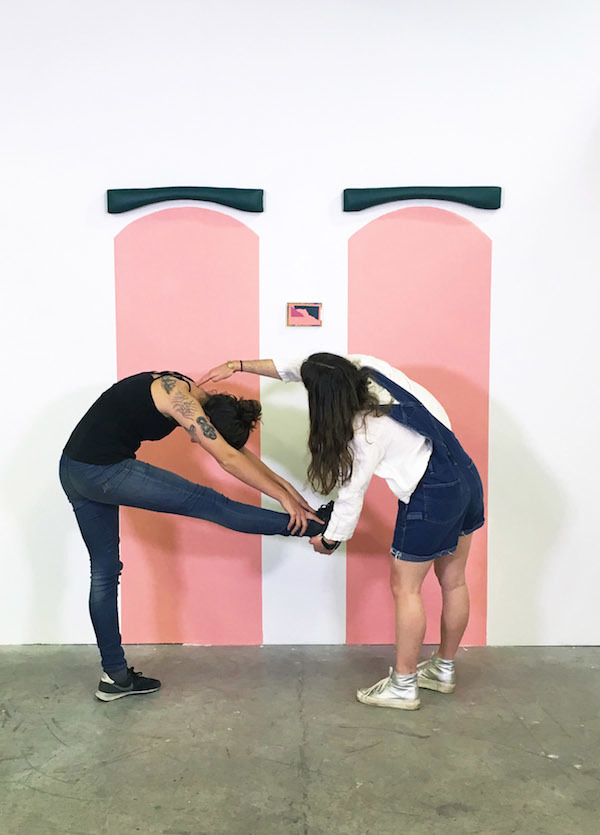
JG: For some reason, I went to a place where the performance is live, but you only see parts of gestures through small vignettes.
CR: Yeah, I’ve been thinking about that setup as an option. It feels a little voyeuristic, in a way that I’m not interested in. I think it’s important that the selection or cropping happen afterward. Instead of in time with it. It gives me time for the crops to be well considered, if it happens afterward.
JG: Are you in anyway interested in the sounds or other elements that are happening during the performance?
CR: Yes and no. It’s a little too saccharine. A little bit too sweet. The audio is just a lot of laughing...I mute the video in order to put up a veil of “yes you can see what we’re saying, but I’m giving these women some privacy.” Back to presentation.. I even considered painting the cropped section, which is a way that i’ve processed things before. I’ll have an idea for a painting. I’ll make a sculpture so that I can paint from it. And then I’ve done the opposite. I’ve made sculptures and then painted from the sculpture. Even though the sculpture acts more like a painting than the painting does in the end.
JG: I don’t know what that means.
CR: Uh, in the way that in painting the sculpture it kinda sucks some life out of it. I don’t know what it means either. I just feel it. Even the cropping, could work in the same way. Some weird delay of making, then letting my excitement settle, and then going back in and determining “this is the moment.” I don’t know if anyone would be interested in seeing two peoples feet touching, but I am. Right now, I’m making three large objects that will exist in a space. I’ll ask people to come in and respond to prompts and I will probably video that. In the way I’m thinking now, I will take a stills from the video of the important moments. So, I will have made these large scale sculptures, organized a performance, videoed it and the only thing that will exist in the end is a small crop of bodies with a bit of sculpture.
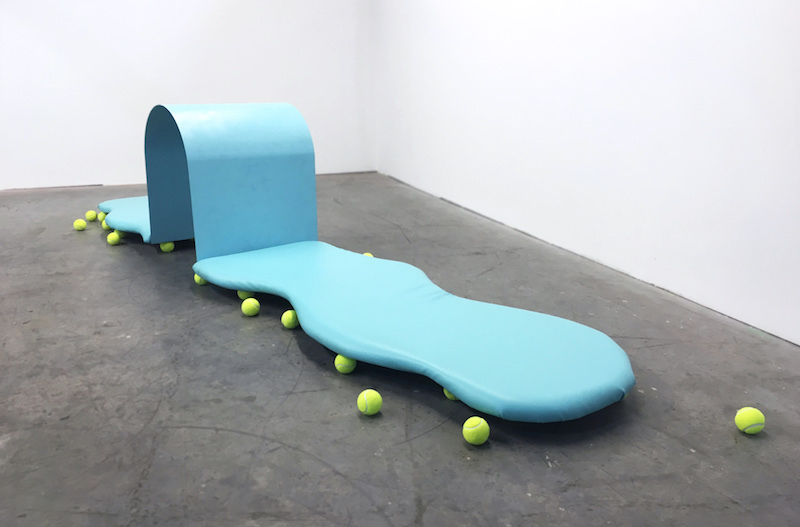
JG: I imagine that as the pictures or ‘crops’ becoming instructions.
CR: Maybe that’s how I continue the harvesting or recycling in my work like I’ve done in the past. Take the crops and use them as prompts for the next time.
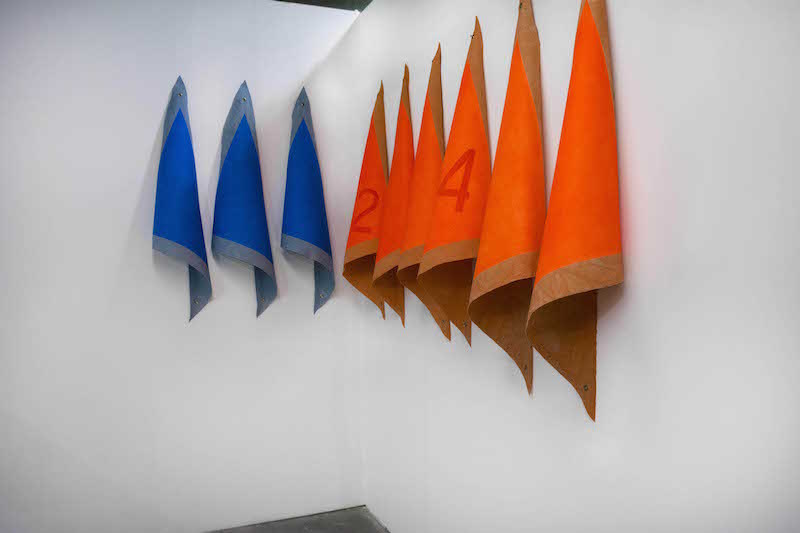
JG: Like your buddy Erwin Wurm!
CR: Yes! Like Erwin Wurm.
ErwinWurm
RwinWur
Winwu
Inw
N
* All images courtesy of the artists.
Jessica Gatlin is an artist, maker, and part-time sorceress. She recevied her BFA in Studio Art from Florida State University, with a concentration in printmaking. After graduating, she moved to Philadelphia, PA. There she engaged in the city's innumerable historical and cultural offerings as well as the established printmaking community, notably a yearlong residency at Second State Press and the apprentice program at the Fabric Workshop and Museum. Gatlin currently resides in Knoxville, TN pursuing her MFA at the University of Tennessee.
Corinna Ray is an artist living and working in Knoxville, TN. She is originally from south Alabama and received her BFA in Art with a concentration in Printmaking and Photography from Birmingham-Southern College. She is currently an MFA candidate in Sculpture at the University of Tennessee.
